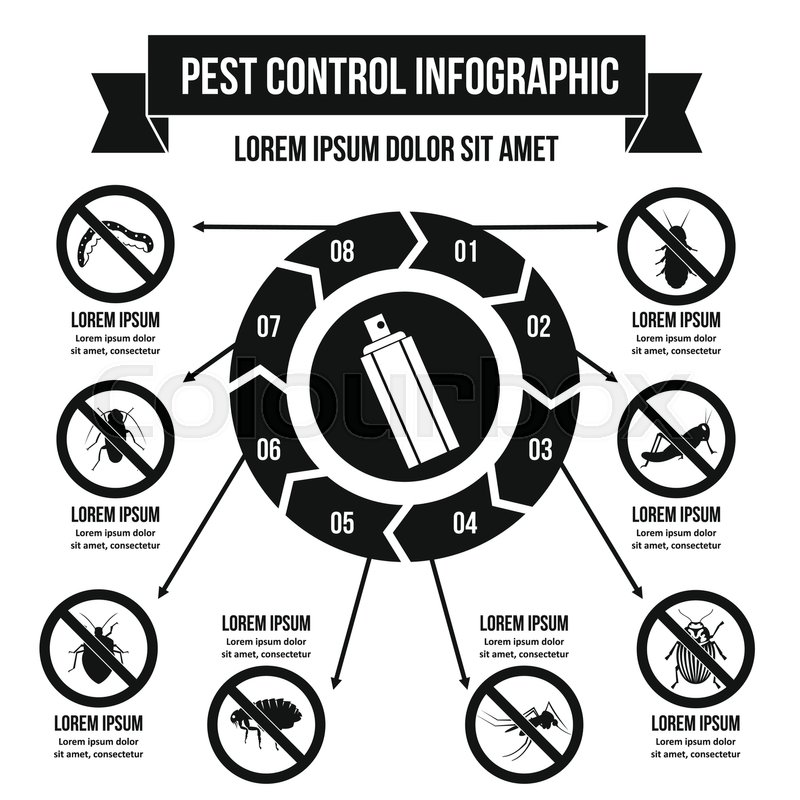Case Study: Successful Termite Control Procedures In A Historic Building
Case Study: Successful Termite Control Procedures In A Historic Building
Blog Article
Write-Up By-Ellis Bryant
Imagine a historic building quietly battling a hidden risk below its old beams. Discover exactly how a group of experts overcame the difficulty of termite problems in this architectural gem by employing innovative approaches that protected its stability. The trip to maintain this heritage website unveils a story of strength and development, offering useful insights into the delicate balance in between preservation and contemporary insect control techniques.
Historic Importance of the Structure
The historic building you're managing holds tremendous cultural relevance in the regional area. This building treasure has actually stood the test of time, seeing generations of locals and site visitors travel through its doors. you can try these out is woven right into the fabric of the community, representing resilience and custom. As a cornerstone of the community's heritage, the structure functions as a concrete web link to the past, offering a glimpse right into bygone eras and protecting stories that would certainly otherwise be lost to time.
Throughout the years, the building has actually hosted many occasions, from neighborhood events to parties of local culture. Its wall surfaces have actually echoed with laughter, songs, and the voices of those that've walked its halls prior to you. By maintaining this historical structure, you aren't only protecting a physical building but additionally guarding a piece of the area's identification. Welcoming the historical relevance of the structure is crucial in recognizing its worth and the significance of maintaining its honesty for future generations to appreciate.
Termite Invasion Challenges
Navigating with the historic importance of the building, you come across considerable difficulties positioned by a termite problem. These small pests can ruin the structural stability of the historical framework, causing considerable damages if left unchecked. The distinct architectural attributes and aged timber existing in historic buildings offer a perfect atmosphere for termites to grow, making it vital to attend to the infestation quickly.
Recognizing the extent of the termite problem is frequently a difficult job, as these animals can burrow deep right into the wood structures, concealed from simple view. Moreover, typical termite control techniques may not be completely ideal for historical structures due to the prospective damage they can cause to the building's integrity and historical worth.
Maintaining additional resources of the building while efficiently getting rid of the termite problem needs a delicate equilibrium and specific proficiency. Carrying out tailored termite control procedures that are both effective and gentle on the historical products is vital to make sure the long-term protection of the structure.
Cutting-edge Control Measures Applied
Applying sophisticated termite control techniques is important in guarding the historical honesty of the building while effectively combating the infestation. One innovative measure includes making use of non-repellent fluid termiticides. These products are basically undetectable to termites, enabling them to unknowingly enter into contact with the treatment and spread it throughout the nest. This technique makes certain comprehensive removal without signaling the termites to stay clear of the dealt with locations.
An additional sophisticated approach is the installment of termite baiting systems. These systems use termite attractants incorporated with slow-acting toxicants. Termites feed on the bait, share it with their colony participants, and ultimately remove the whole populace. This targeted technique is eco-friendly and minimally invasive, making it suitable for historic buildings where preserving the initial framework is extremely important.
Moreover, using infrared modern technology for termite detection has changed control steps. Infrared electronic cameras can detect warmth signatures showing termite activity behind wall surfaces or within frameworks. This non-invasive method enables specific targeting of treatment, decreasing damage to the building while successfully removing the termites. By integrating these cutting-edge control actions, the historical structure can be safeguarded from termites without compromising its architectural importance.
Final thought
You have actually learned just how sophisticated modern technology and safe treatments conserved a historic building from termite problem.
Did you know that termite damage expenses U.S. homeowners billions of dollars every year?
Safeguard your residential property with ingenious termite control procedures to avoid expensive fixings and maintain its historic worth.
